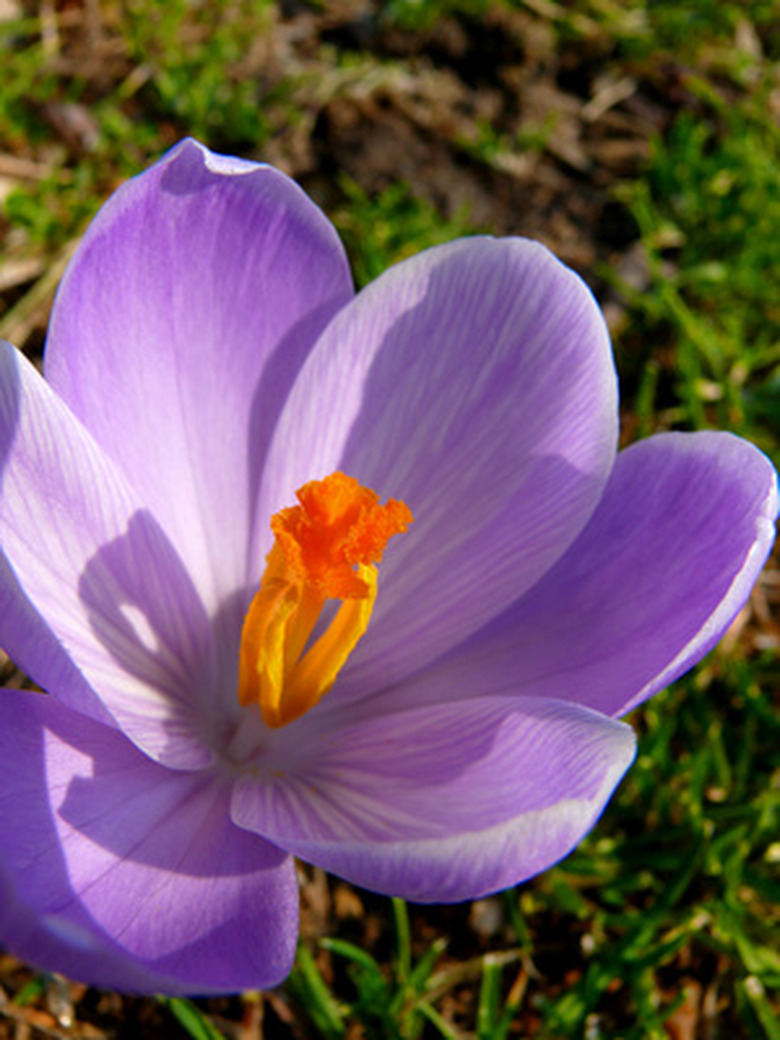5 Parts Of A Flower
Most flowers are made up of five general parts, with more specific sub-parts. The flower parts each have specific duties for the flower to nourish, reproduce and protect itself. Although there are various flower types, nature has provided an overall durable flower structure that has enabled many species to best duplicate and thrive.
The Petals
Petals form the overall structure of a flower. They are seen and revered by people when admiring a flower's appearance. Although they are the most apparent part of the flower, petals do much more than create a flower's immediate beauty. They attract pollinators and insects, as well as small animals. Petals also are the overall protection from outside factors such as wind, sun and rain.
- Most flowers are made up of five general parts, with more specific sub-parts.
- The flower parts each have specific duties for the flower to nourish, reproduce and protect itself.
The Stamen
The stamen is considered the male internal section of a flower. The stamen consists of two parts: the anther and the filament. The anther produces pollen in a flower and it is comprised of tiny sacs, giving it a rounded appearance. The pollen is carried by bees or other insects to another flower to pollinate, which is the process of cross-pollination. If a flower pollinates itself, it is considered a self-pollinator. The filament of the stamen supports the anther. It is thin and stalk-like in appearance.
- The stamen is considered the male internal section of a flower.
- The anther produces pollen in a flower and it is comprised of tiny sacs, giving it a rounded appearance.
The Pistil
The pistil is the female section of a flower. It is made up of four parts: the stigma, the style, the ovary and the ovule. The overall pistil is tubular in appearance, with a bulbus base that holds the flower's ovules.The stigma is the top portion of the pistil and it is sticky to catch pollen. The style is a tube that carries the pollen to the ovules, which are located in the ovary. When the pollen reaches the ovules, it can pollinate and create seeds. Seeds then develop into fruit or more flowers.
The Sepals
Developing buds need to be protected by the outer sepal layer. The sepal is a green, petal-like structure near the base of the flower. Sepals surround the developing bud and help it to thrive. They are much like cocoons in that they protect the developing flower and allow it to keep nourished.
- The pistil is the female section of a flower.
- The style is a tube that carries the pollen to the ovules, which are located in the ovary.
The Receptacle
The receptacle is the base of the flower that attaches the stalk or stem to the flower. It is located in the middle of the sepal structure and also can become part of the base of the pollinated fruit. It resembles a cup. When picking fruit the receptacle is what is broken away from the stem or stalk.
